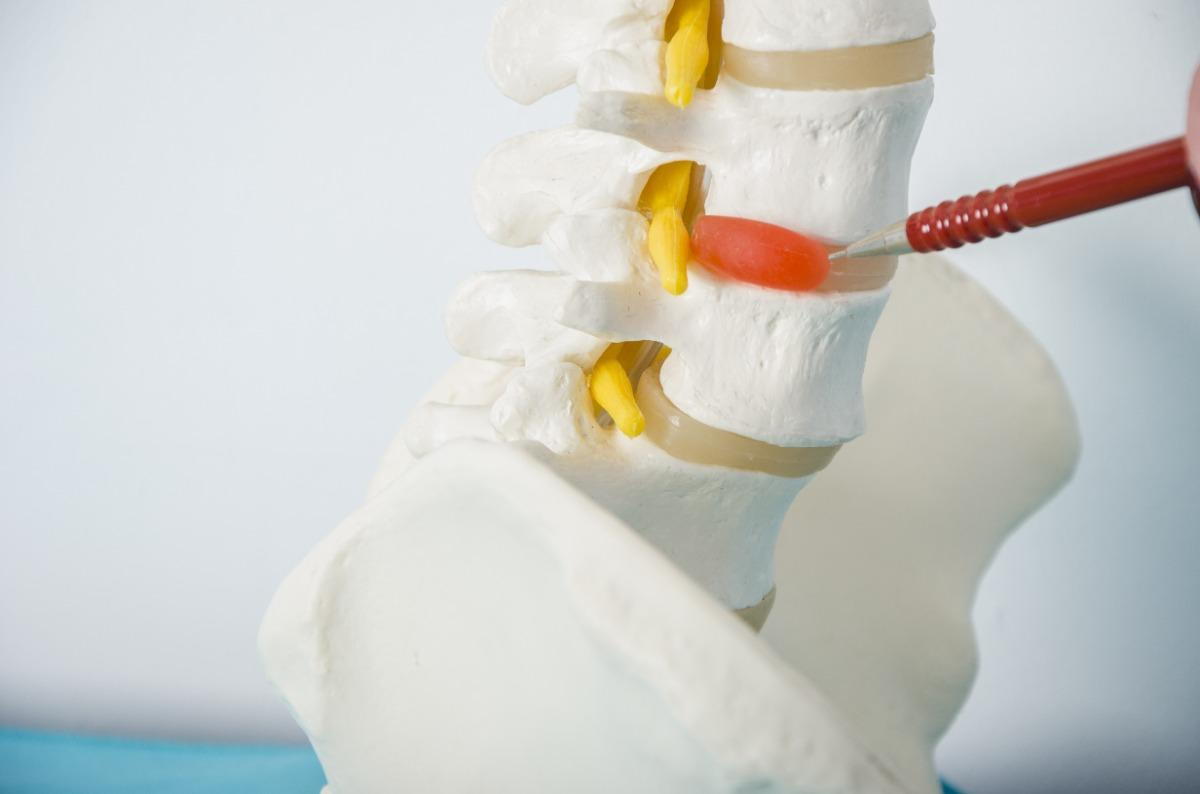Understanding Spinal Ligament Injuries: A Closer Look

- posted: Jun. 05, 2023
We at New Hartford Chiropractic Associates have been managing the treatment of traumatic spinal ligament injuries since 1993. The discs of the spine are often first considered and evaluated via MRI for injury. Unfortunately, when the MRI does not demonstrate any significant disc pathology, many patients are left out of further assessment and proper treatment. The assessment of spinal ligament stability is only done by those doctors who have the knowledge and expertise to know what tests to order, how to interpret these results and provide the proper treatment for these all too often overlooked injuries. The chiropractors at New Hartford Chiropractic Associates have the experience and knowledge to order and interpret specialized x-rays called Stress or Flexion-Extension X-rays. Once performed, we utilize a computer assisted program to outline the vertebrae and assess the motion in between each spinal segment for loss of integrity called Alteration Of Motion Segmental Integrity (AOMSI) that results from injury to specific spinal ligaments. The American Medical Association’s (AMA) Guide to the Assessment of Permanent Impairment, dedicates an entire section for these type of injuries that when left untreated or improperly treated, can leave a patient with significant disability.
Spinal injuries resulting from trauma can have life-altering consequences. Among the various types of injuries that can occur, damage to the spinal ligaments is a critical concern. Spinal ligaments play a vital role in providing stability, support, and flexibility to the spinal column. In this blog, we will delve into the intricacies of spinal ligament injuries, examining their causes, symptoms, and potential treatment options.
I. Spinal Ligaments and Their Importance: The spinal column is composed of vertebrae, discs, muscles, and ligaments. Ligaments are fibrous bands that connect bones, providing stability to the spine. They play a crucial role in maintaining the alignment of the vertebrae, allowing for controlled movement and preventing excessive motion that could potentially damage the spinal cord.
II. Causes of Spinal Ligament Injuries: Spinal ligament injuries often occur due to traumatic events such as car accidents, falls, or sports-related incidents. In the video linked above, you can witness the mechanics of such an injury. The sudden impact forces the spine beyond its normal range of motion, leading to overstretched or torn ligaments.
III. Common Symptoms: Identifying the symptoms associated with spinal ligament injuries is crucial for prompt medical intervention. While symptoms can vary depending on the severity and location of the injury, common signs include:
- Persistent pain in the neck, back, or limbs.
- Restricted range of motion.
- Muscle spasms or stiffness.
- Numbness or tingling sensations.
- Difficulty walking or maintaining balance.
IV. Diagnosis and Treatment: Accurate diagnosis is essential for appropriate treatment of spinal ligament injuries. Medical professionals employ various diagnostic tools such as X-rays, MRI scans, and physical examinations to evaluate the extent of the injury.
Treatment approaches for spinal ligament injuries may include:
- Rest and immobilization: Initially, limiting movement and wearing a brace or neck collar can promote healing. This is only recommended for the first few days post-injury.
- Chiropractic evaluation and treatment of spinal injuries including the use of chiropractic adjustments have been shown to enhance and expedite the recovery from these injuries.
- Therapy modalities such as ice, electric muscle stimulation, ultrasound and traction which are often utilized by chiropractors who practice state-of-the-art conservative spine care can be beneficial to recovery. Additionally, specific exercises and stretches can help restore strength, flexibility, and range of motion.
- In place of prescription medication, natural anti-inflammatory supplements (Turmeric, Curcumin) may be recommended. If necessary, medication such as non-steroidal anti-inflammatory drugs (NSAIDs) or pain medications may be prescribed to manage pain and inflammation.
- Invasive procedures: If necessary, the modern chiropractor will have relationships to refer patients who are not responding to pain management physicians who provide injections and in severe cases, surgical intervention may be necessary to repair or stabilize the damaged ligaments.
V. Rehabilitation and Recovery: Recovery from spinal ligament injuries can be a long and gradual process. Rehabilitation programs tailored to the individual's needs are crucial to regain functionality and minimize the risk of future complications.
Conclusion: Spinal ligament injuries resulting from trauma can be debilitating, affecting both physical and emotional well-being. Understanding the causes, symptoms, and treatment options is vital for timely intervention and optimal recovery. If you suspect a spinal ligament injury, consult a healthcare professional promptly for an accurate diagnosis and appropriate treatment plan. Remember, early intervention can make a significant difference in the long-term outcome and quality of life for individuals with spinal ligament injuries.

